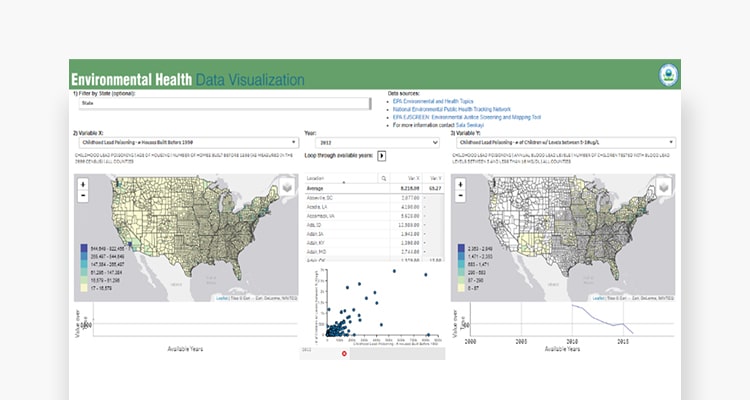ESG – Environment, Social, Governance – is here to stay.
As reporting shifts from voluntary to mandatory, the organizations that manage to tame the data lion will have a competitive advantage – saving time and resources and avoiding greenwashing claims that many businesses with less robust processes are facing.
The good news is that most organizations have been doing some part of ESG for a very long time. Sustainability, product stewardship, chemical management, environmental compliance, behavioral safety, ISO 14001 environmental management systems and ISO 45001 occupational health and safety management systems – all of these are elements of the E and S parts of ESG.
Collecting and organizing this data requires collaboration among many parts of the organization: environmental, health and safety (EHS), ESG/sustainability, finance, operations, legal, risk management and human resources. The information technology department (IT) must also be pulled into the conversation to ensure that the digital solution is user-friendly, secure and compatible with existing IT infrastructure. Mechanisms for ensuring data quality, traceability and accuracy are paramount. Once the existing data is collected, a gap analysis will decide what elements of the ESG program require added attention.
To begin your ESG journey:
- Name a member of the executive leadership team as the single point of accountability to lead the ESG effort. This individual will have the authority to ensure that working across teams is a requirement, not an option.
- Conduct a materiality assessment. Find those ESG areas that will have an adverse fiscal impact on the organization if they are not appropriately managed.
- Partner with specialists inside and outside the organization to gain the needed expertise in the areas found during the gap analysis. Know when your existing staff is unable to take on more than their current obligations and invest in the resources needed to cover all the bases.
- Review advancing regulatory schemes to create a program that requires minimal adjustment as the ESG legal landscape changes. There are many ESG-related standards and programs that need to be considered, and the Securities and Exchange Commission (SEC) is active in this area. Look to Europe for initiatives that may cross over to the US.
- Consider direct carbon emissions resulting from the organization’s activities (scope 1), indirect from energy providers (scope 2) and supply chain emissions (scope 3). Use a phased approach rather than trying to do all three at once.
- Invest now in the software needed for data collection and reporting to support the ESG program. Avoid the seemingly low-cost spreadsheet option as it often leads to significant expense when errors result, taking time to correct or worse, causing reputational damage.
ESG is here to stay, and whether you know it or not, you’ve already started.



